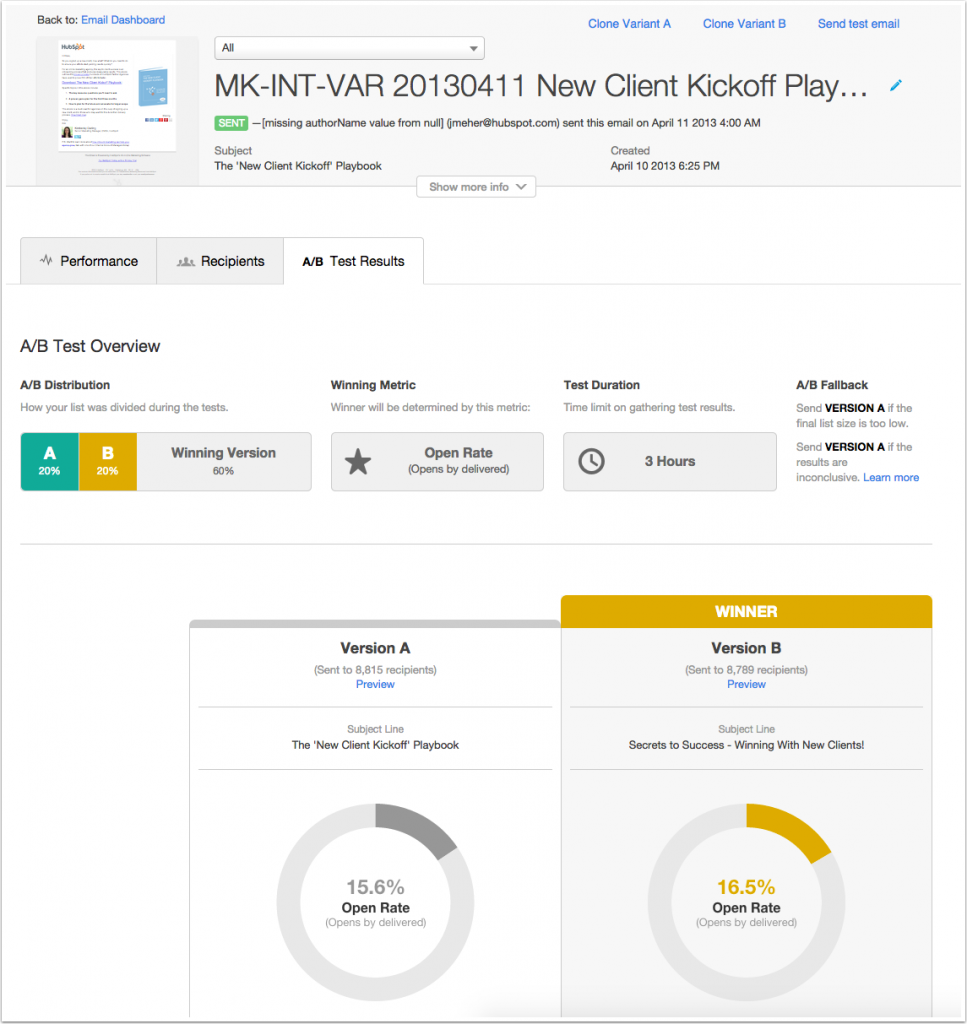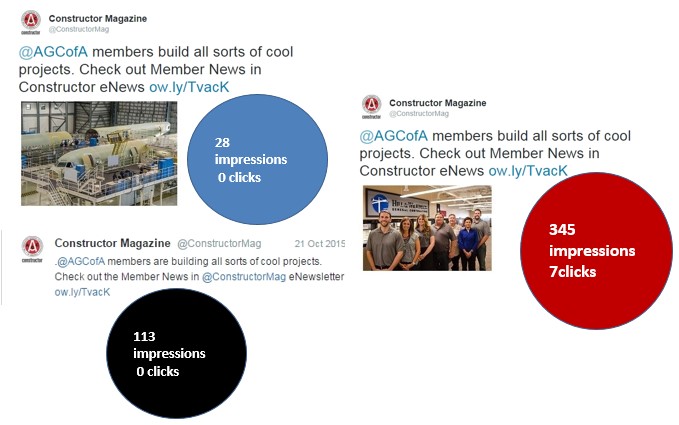Four Ways Little Data Can Improve Your Online Communications
 With the advent of more powerful computers and the increasing accessibility of marketing automation systems, many marketers are plugging into the benefits of big data. Marketers are spending significant amounts of time and money analyzing huge blocks of data to gain insight into what makes their communications resonate with their customers.
With the advent of more powerful computers and the increasing accessibility of marketing automation systems, many marketers are plugging into the benefits of big data. Marketers are spending significant amounts of time and money analyzing huge blocks of data to gain insight into what makes their communications resonate with their customers.

However, for some associations, the time and cost required to handle big data is still out of reach. Luckily, there is plenty of insight to be gained from what Vish Rachakonda, iQuanti CEO, calls “little data.” This refers to valuable pieces of information that are generated by repeat, quotidian interactions between your members and your communications that are accessible to most everyone with a computer and basic marketing knowledge. Little adjustments to your association’s communications based on what little data tells you are working well, and what aren’t, can make a big impact on the reception your members give your communications. Let’s explore four ways associations can benefit from analyzing little data:
![]()
“Little data” can significantly improve your understanding of how members interact with your association’s communications.
Little data can reveal your association’s more popular content/event offerings.
Carefully testing subtle tweaks to your websites, landing pages and emails can yield insights into your communications that help improve their performance.
- Little data can improve email performance:
Is your email open rate low or declining? Do you wonder what more you could add to a landing page or advertisement to get more responses? Email tests are an easy way to find out. Testing emails simply means creating two versions of the same email with just one thing different between the two versions, and then seeing which version your audience responds to better. Marketing professionals call that an “A/B” split. You might test two email subject lines to see which one earns more opens. You might try two different keywords within your call to action to see which one earns more response.

Tests are easy and inexpensive to implement. They don’t take much time and can be run as many times as your association would like before you are confident in the results. Many email service providers have built-in testing capabilities that make it easy to test different subject lines, list sizes or delivery times. Which Test Won offers an extensive library of research articles, case studies, and yes, email-related tests conducted and posted by a spectrum of companies from which others can browse and learn.
Taking the time to run tests on your communications can quickly and inexpensively show you which tweaks might cause large improvements toward your goals. Furthermore, by focusing narrowly on one element of the way you set up, deliver, and by collecting responses and experimenting with that element can lead to very useful insights you can spread to other pieces, on- and off-line.
- Little data can improve online ad performance:
At Naylor, we run Twitter campaigns for a national association client. The goal of our campaigns is to get more people interacting with our tweets: Liking (favoriting), replying, retweeting, or clicking on links within. We wondered if including photos within tweets would significantly affect engagement rates, so we tweeted a series of tweet “twins:” two tweets formatted exactly the same, except that one tweet from the pair had an embedded image. The results were eye-opening: On average, tweets with images earned 320 times more impressions and seven times as many clicks as tweets without images! We quickly made it our standard practice to include an image in our promoted tweets whenever possible to boost engagement.

For more about this topic, see Brianna Lawson’s recent article The Power of Visual Content in Association Communications.
Images aren’t the only element of an online ad that can be tested. Try running search engine ads or social media ads that are identical in every way except for their headline or call-to-action. You may discover that one keyword or phrase resonates more powerfully with your audience than others. Search engine marketing programs like Google AdWords have built-in testing tools that allow you to run parallel ads with slightly different elements. Tests can last a few hours, a few days or a few weeks, depending on the size of your audience, your audience’s typical response time, and the nature of the data you want to uncover. Generally, a few days to two weeks are long enough.
Once you find a key phrase or style of image that produces the highest engagement or response rate, implement it across more ads and stick to your newfound best practice. The response rate or cost savings may not appear significant at first, but over the long-term, small ad adjustments made in the name of efficiency add up to a larger stretch of your communication budget.
- Little data can improve your association’s website performance:
Just as you can test headlines, keywords, and images within online ads to see which performs better, you can run these same tests on your website. If you have an ad campaign, and the tools and time to create similar landing pages, you can test two different landing pages at the same time by directing your most-served or most-clicked ad (using the tests discussed in point No. 2) to direct to one page half the time, and the other page the rest of the time. Your site visitors will quickly show you which version they prefer based on how many conversions you see, whether your end goal on the page is event registrations, membership renewals, newsletter sign-ups, or some other goal. Whichever page version results in more conversions, switch to that page exclusively.
- Little data can reveal your association’s more popular offerings:
Continuing with the website performance improvements discussed above, emphasizing different benefits of a program or event on two parallel Web pages and then measuring conversions can help your association discover which benefits motivate members more.
For example, say your association has a page promoting an annual breakfast. You know members attend for a variety of reasons — networking, the speakers, learning, and perhaps the food. But you don’t know the most important reason they attend. If you did, wouldn’t that help you market the breakfast more efficiently? You could conduct a survey or a focus group, and if you have the time, one of those options may be the best way to go.
Another way to find out without running into issues of time, money or respondents’ perception bias is to set up the event’s Web page so that it emphasizes certain key benefits while only quietly mentioning (or eliminating) the others. This doesn’t mean to leave out important details like the date, location, or cost to attend. You simply choose which ancillary benefits to harp on and see how members respond to the modified Web page. You might see a boom in responses, or you might have members calling you to ask if their favorite part of the event is still going to happen this time around. Either way, you will discover what members currently value about your event instead of relying upon staff bias or past precedent.
Little data may not have the glamour of the big machines, impressive volume, or sheer incredulity associated with big data, but understanding bite-size pieces of data like the examples above can deliver big results to your association that improve your communications and your offerings. Dedicate time to analyzing and using little data and you’ll quickly see improvements.
Kelly Donovan Clark is the manager for online marketing with Naylor Association Solutions.

